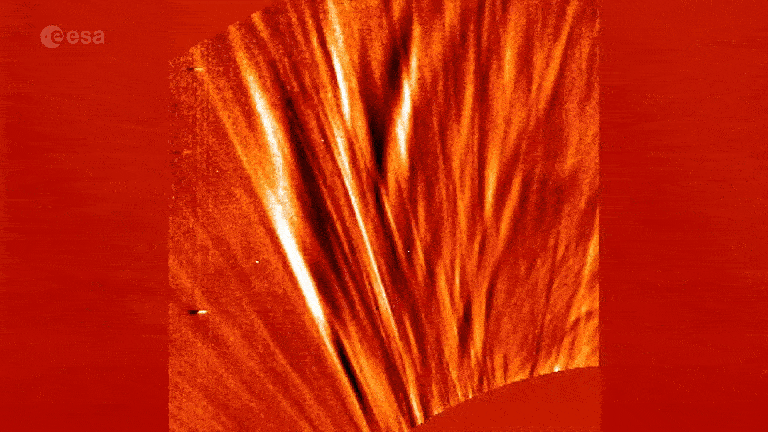X-ray Vision Spies Dinosaur-Era Bugs

Hundreds of fossilized creatures from the Age of Dinosaurs have been discovered inside a type of amber into which scientists have now glimpsed for the first time.
The trove of ancient animals was found in pieces of opaque amber, the secretive sister of the more familiar translucent amber gemstone. Though made from the same tree sap as translucent amber, opaque amber is impenetrable to the human eye and all of the microscopes scientists have previously trained on it.
But when European researchers imaged samples of 100-million-year-old opaque amber with high-energy synchrotron X-rays, they found a world teeming with past life.
Menagerie of bugs
Malvina Lak of the University of Rennes in France and Paul Tafforeau of the European Synchrotron Radiation Facility (ESRF) and their colleagues studied bits of the fossils from Charentes, in southwestern France, dating from the mid-Cretaceous period, when dinosaurs such as tyrannosaurs and ankylosaurs roamed the Earth.
"With translucent amber you can directly see the inclusions, but with opaque amber it is exactly like you are looking at a rock — you see nothing," Tafforeau told LiveScience. "We decided to try the synchrotron technique on our samples, and we were quite lucky because the first amber blocks revealed six different inclusions."
So far, the team has identified wasps, flies, ants, spiders and myriad other tiny creatures that got trapped in the former gelatinous goo. In some cases the position of the fossilized animal indicates it was trapped alive in the tree sap, and in other cases the sap might have fallen on an already dead organism.
Sign up for the Live Science daily newsletter now
Get the world’s most fascinating discoveries delivered straight to your inbox.
As much as 80 percent of the Cretaceous-era amber known is opaque, so the new imaging technique opens up a wealth of fossil data that was previously inaccessible to scientists.
How it works
Synchrotron X-rays are created by sending speeding charged particles through magnetic fields. The particles release high-energy light that can pierce through materials that are otherwise difficult to see into.
The scientists hope to use the amber-encased animals to learn more about the climate during the Cretaceous .
"We are not really studying the insects to know the insects themselves," Tafforeau said. "If you have a lot of different animals you can get a signal about the temperature and the environment 100 million years ago."
Overall, the team found 356 animal specimens, as well as bits of plants, trapped inside 4.4 pounds (2 kilograms) of amber. They have since imaged another 22 pounds (10 kilograms), and hope to find thousands of organisms when they finish analyzing the data.
Opaque amber likely started off as the same substance that makes up translucent amber, but some chemical process occurred while it fossilized to make it opaque, Tafforeau said.
The researchers detailed their findings March 2008 in the journal Microscopy and Microanalysis.
- Gallery: Backyard Bugs
- Oldest Known Spider Web Discovered in Amber
- Image Gallery: Dinosaur Fossils












